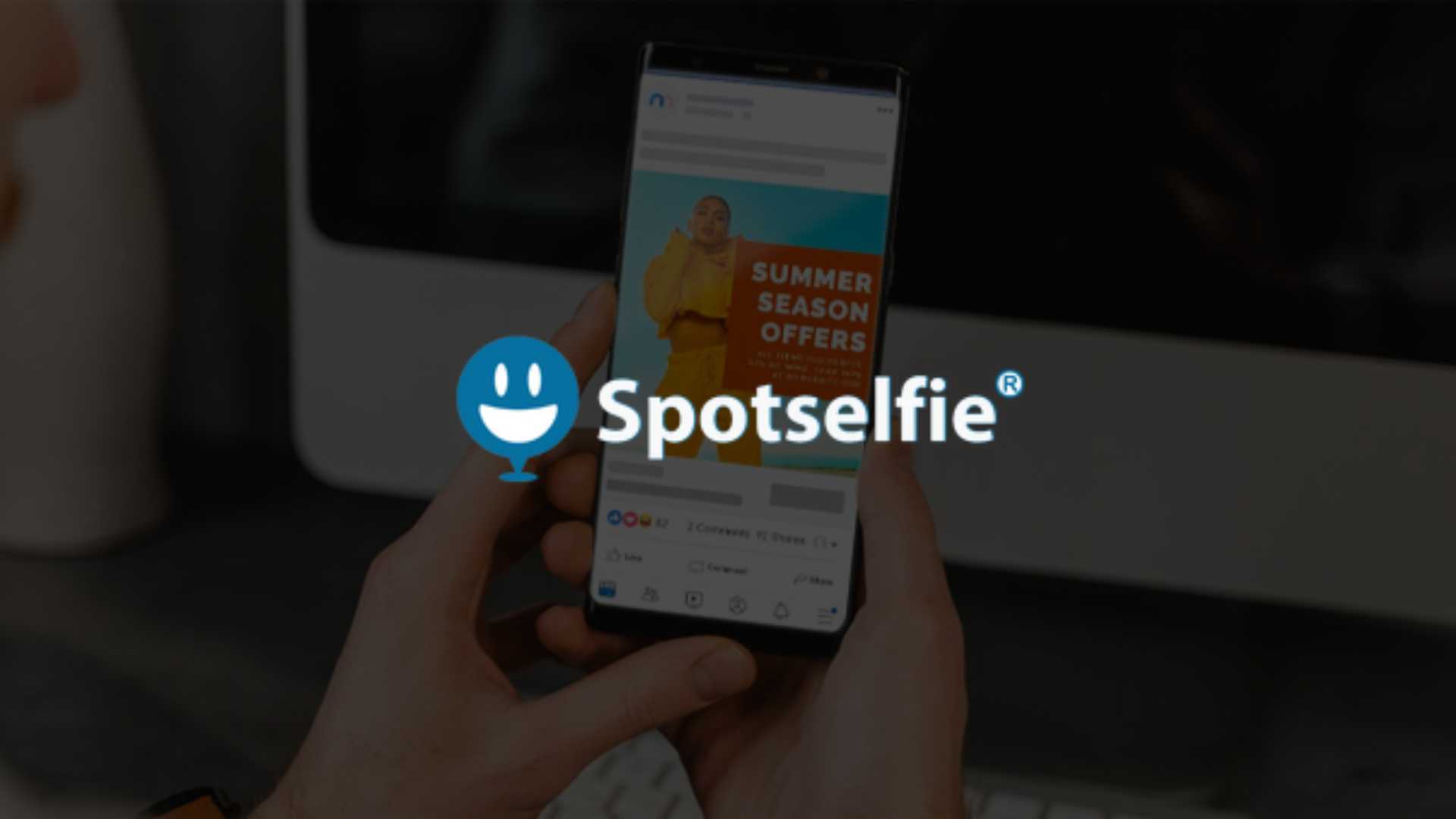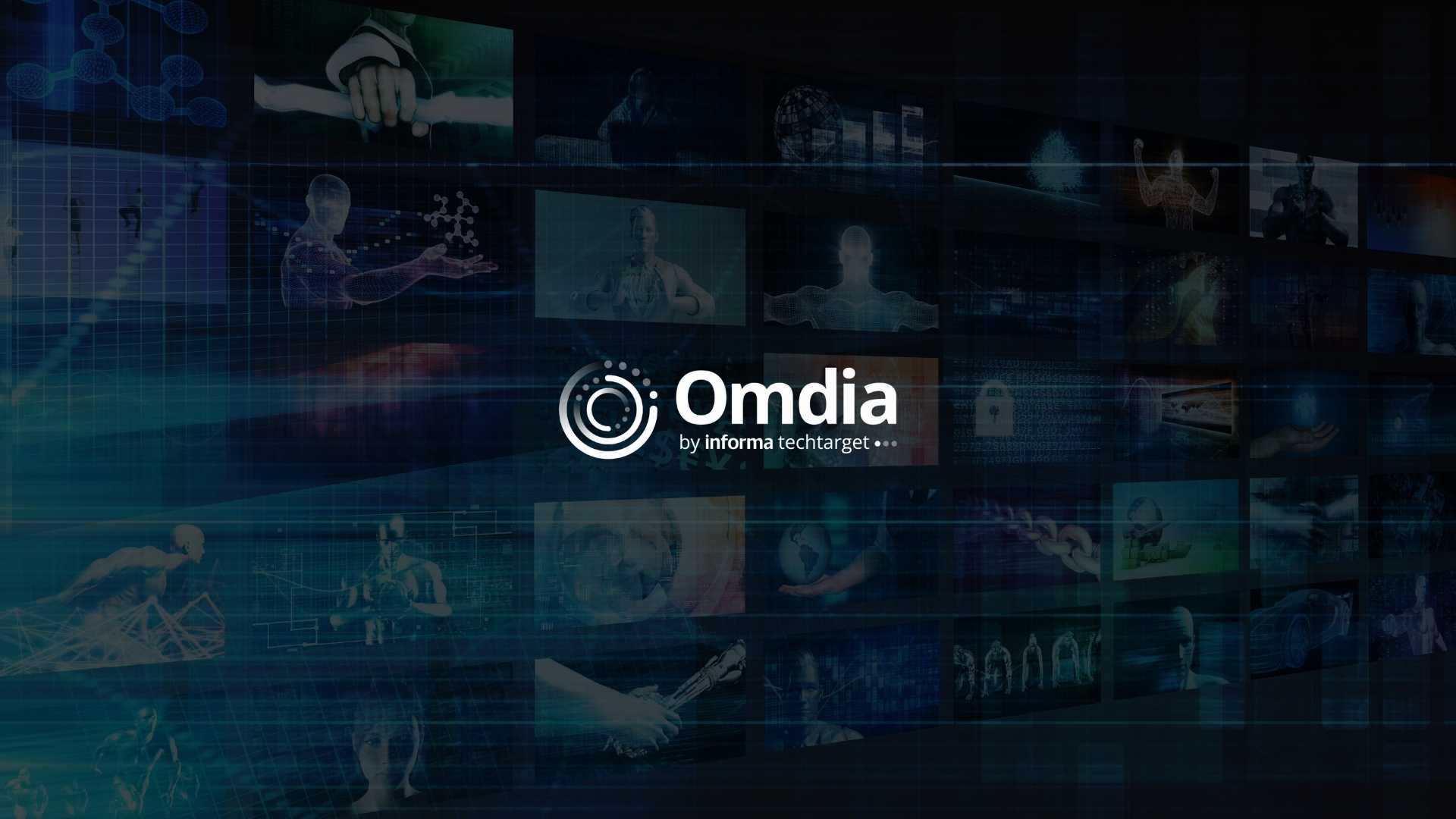The metaverse is back—but not in the way Meta imagined it. Spotselfie®, the self-funded AR social platform with 16 patents already in its pocket, is rolling out a next-gen platform designed to merge AI, the creator economy, and GPS-anchored AR experiences.
Unlike Snapchat’s filters or Meta’s news feeds, Spotselfie doesn’t just overlay animations on selfies. Instead, it plants persistent, location-based campaigns in the real world—where brands can target hyperlocal audiences and creators can cash in on their surroundings. The company calls this a social AR metaverse, and it’s clearly aiming to position itself ahead of the XR glasses wave that Apple, Meta, Google, Snap, and dozens of others are betting billions on.
Cutting Out the Middlemen
Spotselfie’s relaunch revolves around decentralization. Rather than working through expensive marketing agencies, brands will be able to post campaign briefs directly to Spotselfie’s SAM Portal (Spotselfie Attraction Maker). From there, creators—whether micro-influencers, students, or indie AR developers—can pitch immersive campaigns tied to specific locations.
“The relaunch is all about decentralizing creativity,” said Ray Shingler, Co-Founder of Spotselfie. “Instead of relying on expensive marketing firms, brands can now go straight to the source—creators who live, work, and play inside the exact audience they want to reach.”
Creators keep the bulk of earnings, while Spotselfie takes a small transaction cut. In an era where traditional agencies are losing ground to nano and niche creators, this model looks tailor-made for the times.
The AI Advantage
The big swing here is Spotselfie’s AI Creator Toolkit. Using natural language prompts and computer vision, creators will be able to generate branded visuals, 3D interactions, and text overlays. The system even suggests where and how to anchor them in the physical world.
This means a college student could design a sneaker brand’s AR activation for their campus, complete with 3D animations hovering over the student union. Brands get authentic local engagement, creators get paid, and users get something far richer than a sponsored Instagram Story.
Spotselfie also leans on urMojo® profiling, a personality-based system that matches campaigns with audiences—without the behavioral surveillance that powers much of today’s adtech.
Why Now Matters
The timing for Spotselfie’s relaunch is deliberate. The convergence of AI-powered creation tools, spatial computing, and AR hardware is accelerating, with the global AR advertising market projected to top $100 billion by 2030. Meanwhile, creators—especially micro and nano influencers—are winning consumer trust at the same time mega influencers are losing credibility.
This positions Spotselfie as both a creator economy platform and a spatial advertising play, carving out space against giants like Meta’s Spark AR or Snap’s Lens Studio. The difference? Spotselfie’s ads aren’t just temporary filters—they’re anchored, monetizable, and persistent.
From Purdue to the World
To prove its concept, Spotselfie has already mapped a live AR metaverse to Purdue University, layering Spotlands® (digital land parcels) and branded overlays on stadiums, parking lots, and campus spaces. The demo illustrates how schools, cities, or even sports franchises could share in the revenue model. Spotselfie proposes a 50/50 split on land sales plus a cut of creator fees, creating incentives for institutions to back the ecosystem.
If the Purdue rollout is a blueprint, Spotselfie is betting that universities, brands, and creators will join forces to build the “real-world internet layer” before Apple’s Vision Pro or Meta’s next Quest headset fully mainstream AR glasses.
The Bigger Picture
With more than 40 companies racing to build XR glasses, the fight to own the physical-to-digital ad layer is just beginning. Spotselfie’s edge lies in combining AI-driven creation with GPS persistence and creator-first economics. If it scales, it could redefine how brands activate in the metaverse—not by chasing users online, but by meeting them exactly where they stand.




